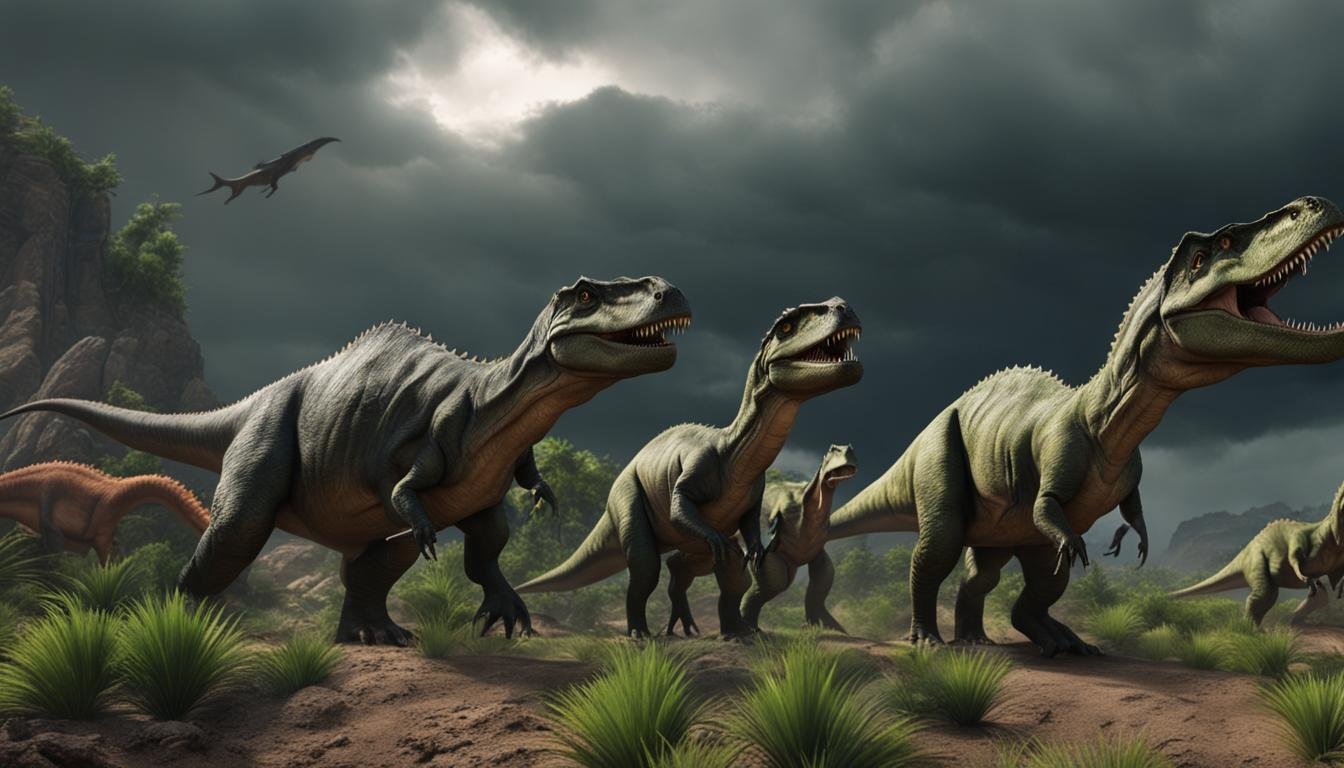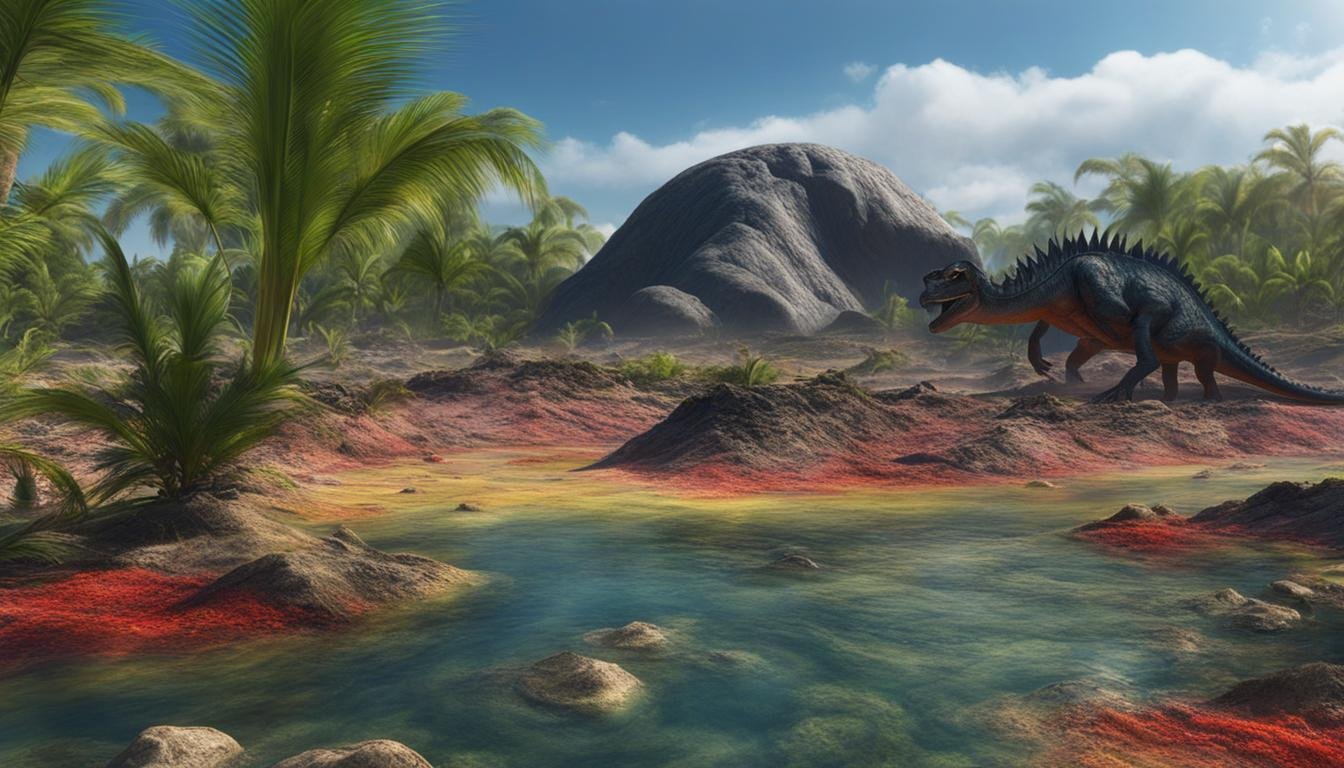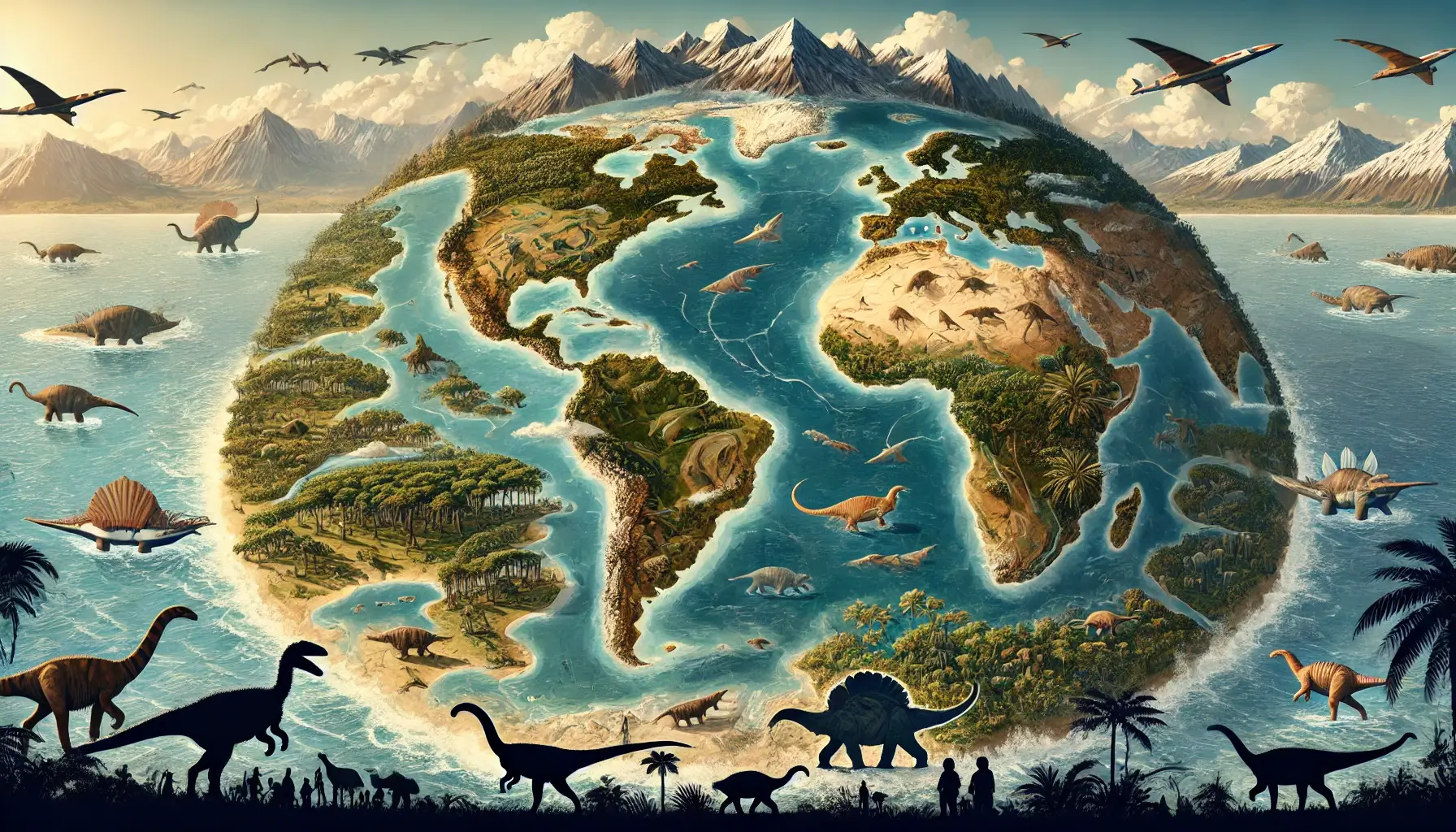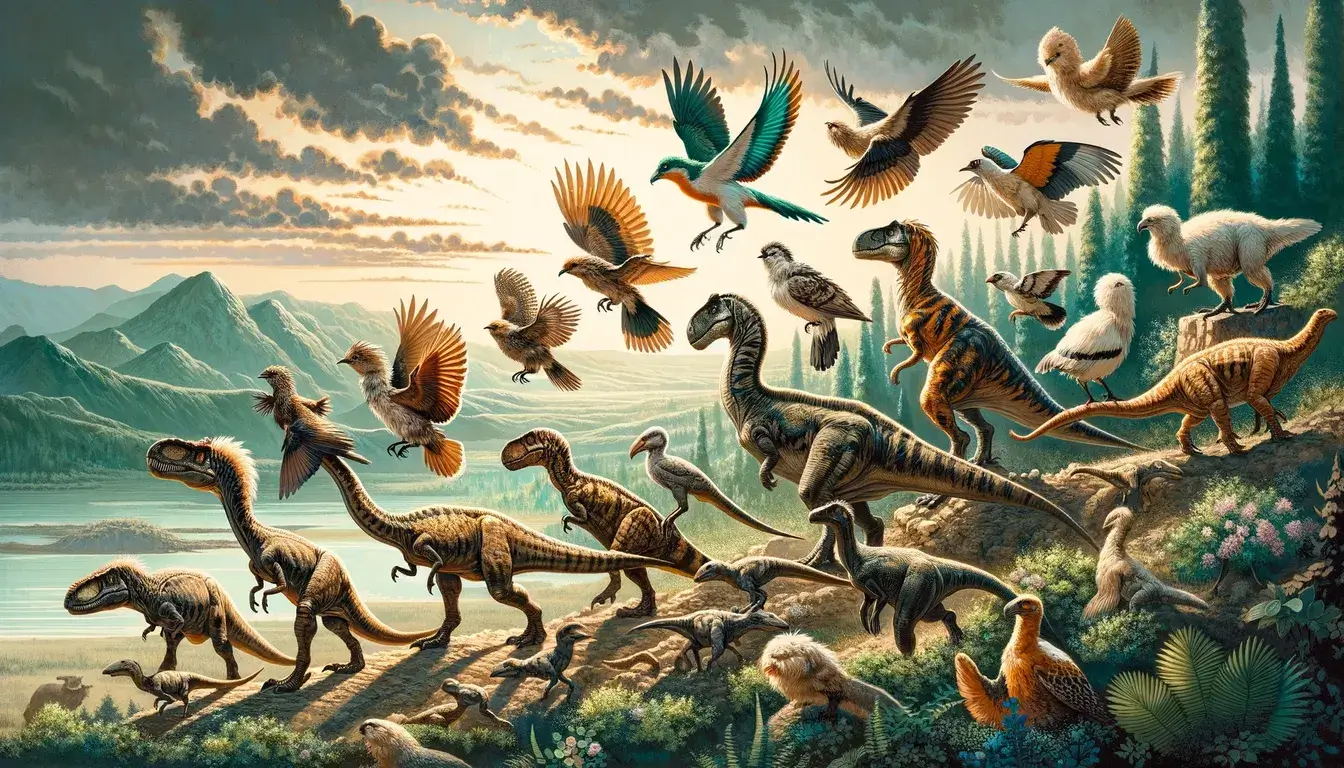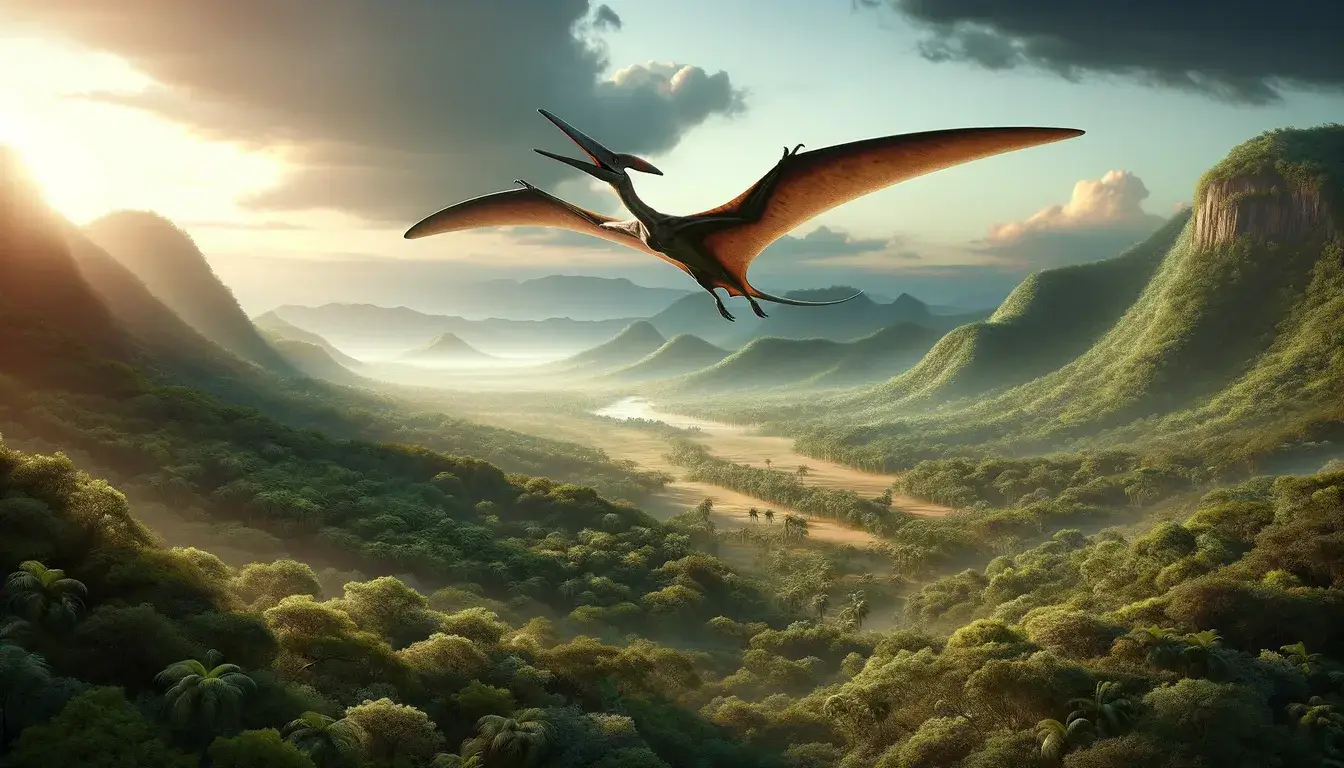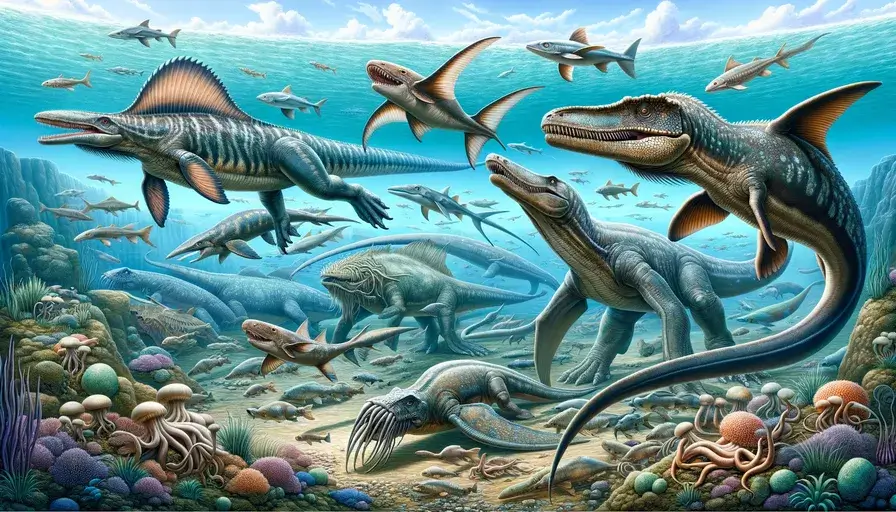The extinction of non-avian dinosaurs 66 million years ago continues to spark debate among paleontologists. While it is widely accepted that a sudden asteroid impact caused their demise, there is disagreement on whether dinosaurs were already in decline before the impact. Recent analysis of key dinosaur families reveals a decline in diversification around 76 million years ago, likely due to global climate cooling and a drop in herbivorous diversity. This decline suggests a lack of adaptability to changing environments and the possible inability to compete with dominant herbivores. These findings support the theory that the failure of dinosaur survival strategies contributed to their ultimate extinction.
| Main Point | Description |
|---|---|
| Adaptability Issues | The decline in dinosaur populations suggests they struggled to adapt to changing environmental conditions. |
| Competition with Herbivores | Dinosaurs may have faced competition with more dominant herbivorous species, contributing to their decline. |
| Climate Cooling and Diversity Decline | A global cooling climate and a reduction in the diversity of herbivores likely played a role in the decline of dinosaurs. |
| Failure of Survival Strategies | Ineffective survival strategies among dinosaurs were a significant factor leading to their extinction. |
| Lessons for Modern Species Survival | Understanding the reasons behind the dinosaurs’ inability to adapt offers insights that are applicable to the survival of modern species. |
The Impact of Environmental Changes on Dinosaur Survival
The Cretaceous-Paleogene (K-Pg) event, also known as the end-Cretaceous extinction, had a profound impact on the survival of non-avian dinosaurs. This event marked a significant shift in environmental conditions, including global climate cooling, the spread of new habitat types on land, and massive volcanic activity. These changes had far-reaching consequences for dinosaur populations.
One of the key factors that affected dinosaur survival was the loss of ecological niches. As new habitats emerged, dinosaurs had to compete with other species for limited resources, resulting in ecological niche loss. This increased competition and reduced availability of essential resources put significant stress on dinosaur populations, making them more vulnerable to extinction.
Moreover, the inability of dinosaurs to adapt to changing climates and evolving ecosystems further contributed to their decline. Non-avian dinosaurs faced challenges in adjusting their physiological and behavioral traits to survive in a rapidly changing environment. This climate adaptation failure, combined with the increased presence of biotic stressors such as new predators and diseases, heightened their vulnerability and hindered their chances of long-term survival.
“The loss of ecological niches and the inability to adapt to changing environments were critical factors in the decline of non-avian dinosaurs.”
| Factors Impacting Dinosaur Survival | Consequences |
|---|---|
| Loss of ecological niches | Increased competition for resources, reduced survival chances |
| Climate adaptation failure | Inability to adjust to changing climates and evolving ecosystems |
| Biotic stressors | Higher predation pressures, increased disease susceptibility |
| Species vulnerability | Diminished ability to cope with environmental changes |
The impact of environmental changes on dinosaur survival highlights the importance of adaptability and resilience in the face of shifting ecological conditions. The failure of dinosaurs to effectively respond to these changes ultimately played a significant role in their extinction.
The Impact of Habitat Destruction on Dinosaur Survival
The destruction of habitats likely had a significant impact on dinosaur survival. As their habitats were disrupted or destroyed, dinosaurs faced various challenges that compromised their ability to thrive in changing environments.
Habitat loss led to metabolic challenges for dinosaurs. With their natural habitats diminishing, they had to adapt to new environments that might not have provided the necessary resources for their survival. The scarcity of suitable food sources and the need to alter their feeding habits put additional stress on their metabolic systems, potentially leading to malnutrition and reduced energy levels.
Reproductive failure was another consequence of habitat destruction. Dinosaurs heavily relied on specific nesting and breeding grounds, which were often destroyed in the process. The disruption of their reproductive cycles, coupled with the scarcity of resources, hindered their ability to reproduce and maintain healthy populations.
“The destruction of habitats limited the survival mechanisms and behavioral adaptations that had helped dinosaurs thrive in their natural environments.\”
Moreover, habitat destruction resulted in ecosystem imbalances. Dinosaurs played critical roles in their respective ecosystems, acting as predators, herbivores, and even scavengers. The removal of these key players disrupted the delicate balance of the ecosystems, potentially leading to cascading effects on other species and further impacting the survival of dinosaurs.
| Habitat Destruction Impacts on Dinosaur Survival | |
|---|---|
| Metabolic Challenges | Reduced access to suitable food sources, altered feeding habits, potential malnutrition |
| Reproductive Failure | Disruption of nesting and breeding grounds, scarcity of resources |
| Ecosystem Imbalances | Removal of key players, disruption of ecological balance |
| Behavioral Adaptations | Limitation of survival mechanisms and behavioral responses to changing environments |
| Resource Scarcity | Diminished access to necessary resources for survival |
The destruction of habitats posed several challenges for dinosaurs, including metabolic challenges, reproductive failure, and ecosystem imbalances. These factors, combined with the scarcity of resources, significantly impacted their ability to adapt and survive in rapidly changing environments. The consequences of habitat destruction ultimately played a role in the decline of dinosaur populations and their eventual extinction.
The Role of Mass Extinction Events in Dinosaur Survival Strategies
Mass extinction events played a crucial role in shaping the fate of dinosaurs. Paleoecological studies have provided valuable insights into how these events affected dinosaur populations. It is believed that physiological limitations may have hindered their ability to cope with rapidly changing conditions, leading to their decline and eventual extinction. Increased predation pressures and higher susceptibility to diseases further contributed to their vulnerability during mass extinction events.
Dinosaurs faced a challenging survival scenario during the end-Cretaceous mass extinction event. The changing environment, coupled with the presence of other competing species, put immense stress on their populations. This, combined with their limited ecological resilience, made it difficult for dinosaurs to adapt and survive in the face of these catastrophic events.
According to Dr. Jane Palmer, a paleontologist specializing in dinosaur paleoecology, “The impact of mass extinction events on dinosaur survival can be attributed to a combination of physiological limitations, predation pressures, and disease susceptibility. These factors, along with a decline in ecological resilience, led to their ultimate extinction.”
Mass extinction events highlight the fragility of ecosystems and the need for balance in maintaining the survival of species. They serve as a stark reminder of the interconnectedness of all living organisms. By studying these events and learning from the failures of the past, we gain a deeper understanding of the precarious nature of our world and the importance of preserving the delicate equilibrium that sustains life.
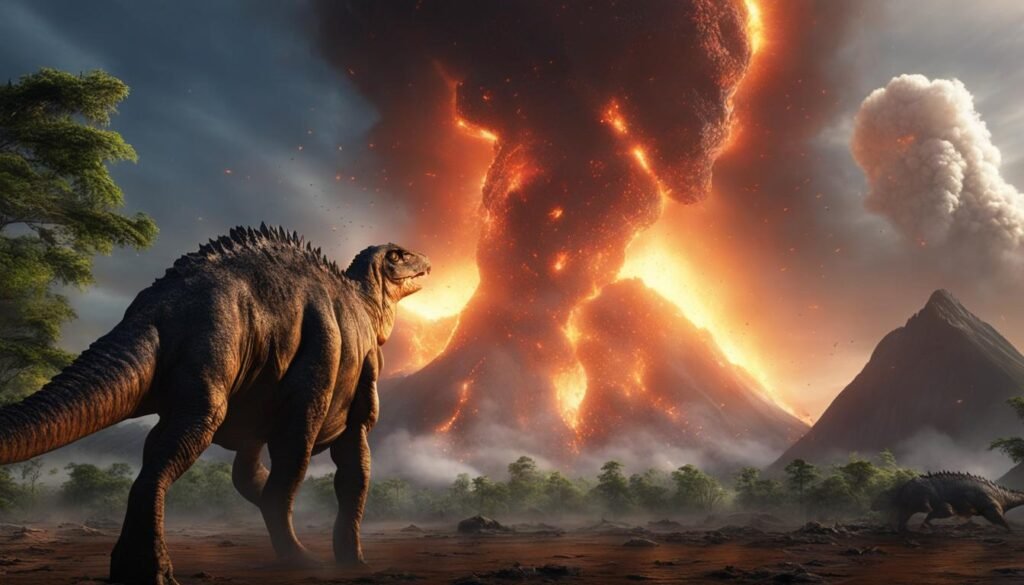
The Impact of Mass Extinction Events:
| Effect | Explanation |
|---|---|
| Physiological Limitations | Dinosaurs may have had limitations in adapting to rapidly changing conditions and new ecological niches. |
| Predation Pressures | Increased competition and predation from other species would have put additional stress on dinosaur populations. |
| Disease Susceptibility | Dinosaurs may have been more susceptible to diseases during mass extinction events, further weakening their survival chances. |
| Ecological Resilience | The decline in ecological resilience made it harder for dinosaurs to adapt and recover from significant environmental changes. |
The Interconnected Causes of Dinosaur Extinction
The extinction of dinosaurs was not a result of a single cause, but rather a complex interplay of various factors. These interconnected causes shed light on the fragile balance of ecosystems and the vulnerability of species. Let’s explore some of the key factors that contributed to the extinction of dinosaurs:
Competition for Resources
As the number of dinosaur species increased, competition for resources became more intense. Limited food sources and nesting sites led to heightened competition among dinosaurs. This competition placed significant stress on dinosaur populations, making it harder for them to survive and thrive in their respective habitats.
Genetic Diversity Loss
Genetic diversity is crucial for species to adapt and respond to environmental changes. However, dinosaurs experienced a loss in genetic diversity over time, which limited their ability to adapt to new challenges. This loss of genetic diversity made them more susceptible to the adverse effects of changing climates and ecosystem imbalances.
Resource Scarcity
As habitats changed and ecosystems evolved, dinosaurs faced resource scarcity. The availability of food, water, and suitable nesting areas became limited, putting additional pressure on dinosaur populations. The inability to find sufficient resources further weakened their chances of survival.
Drought Effects and Ecosystem Imbalances
During the late Cretaceous period, dinosaurs had to contend with prolonged droughts and significant climate changes. These droughts had a detrimental impact on vegetation, leading to a decline in food availability for herbivorous dinosaurs. Additionally, the imbalance caused by the loss of certain plant species and the subsequent disruption of food chains further aggravated the challenges faced by dinosaurs.
| Extinction Causes | Impact |
|---|---|
| Competition for Resources | Heightened stress and reduced chances of survival |
| Genetic Diversity Loss | Limited adaptability and increased susceptibility to environmental changes |
| Resource Scarcity | Struggle to find sufficient food, water, and nesting areas |
| Drought Effects and Ecosystem Imbalances | Decline in food availability and disruption of food chains |
The interconnected causes of dinosaur extinction highlight the delicate balance required for the survival of species. Understanding these causes can provide valuable insights into the importance of maintaining ecological equilibrium and preserving biodiversity in our current age.
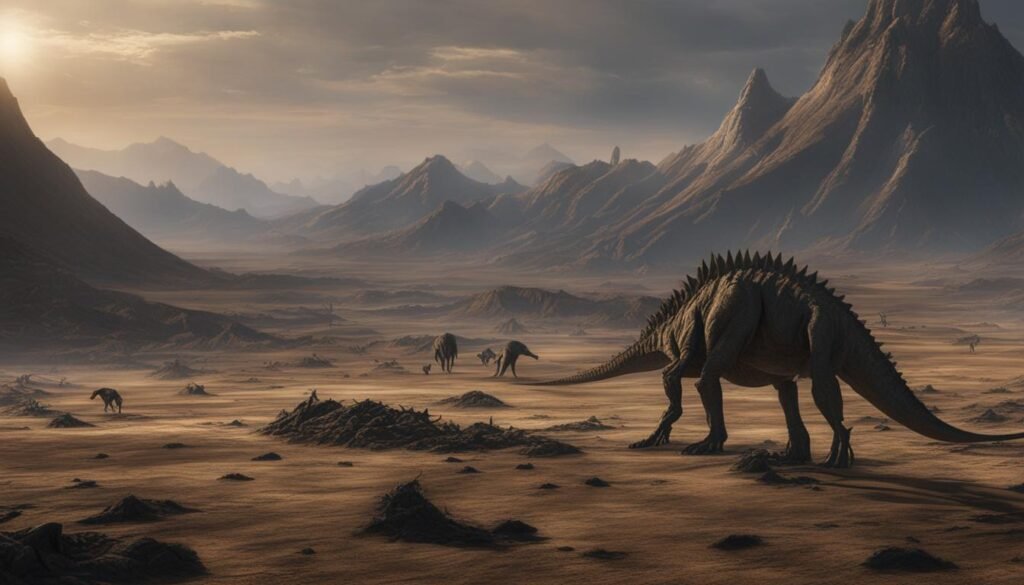
The Lessons Learned from Dinosaur Extinction
The extinction of dinosaurs provides valuable lessons for understanding our current age and the threats we face. It serves as a stark reminder of how global systems can undergo catastrophic changes, leading to the collapse of ecosystems and the vulnerability of species.
One crucial concept that the dinosaur extinction highlights is the idea of climate tipping points. Just as the dinosaurs experienced a tipping point that pushed them into extinction, we too must recognize that our planet is at risk of reaching tipping points in terms of climate change. These tipping points can trigger irreversible and self-sustaining changes that could have profound effects on the survival of species, including our own.
The collapse of ecosystems is another key lesson we can learn from the demise of the dinosaurs. As we continue to witness habitat destruction, species loss, and ecosystem degradation, we must understand that the interconnectedness of all living organisms is vital for maintaining the balance of these complex systems. When ecosystems collapse, it can have cascading effects that affect not only the species directly involved but also the entire web of life.
We also need to acknowledge the precarious times we live in. Just as the dinosaurs faced a rapidly changing world, we too are grappling with pressing environmental issues such as climate change, deforestation, and pollution. These challenges require urgent attention and collective action to prevent the hyperinflation of problems that could have disastrous consequences for the planet and all its inhabitants.

